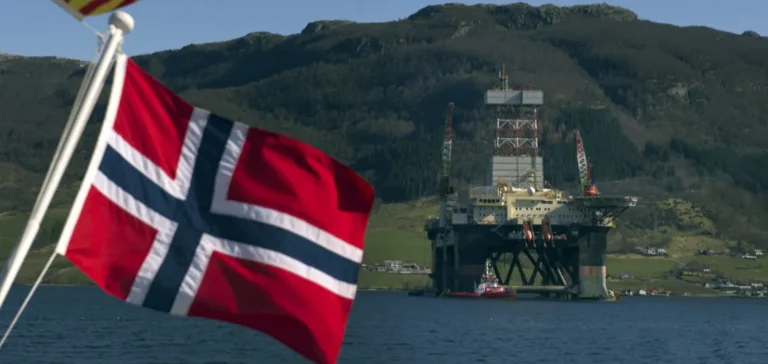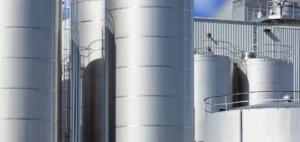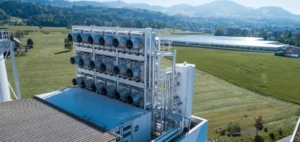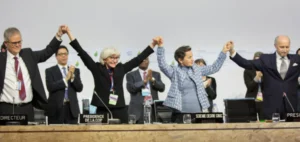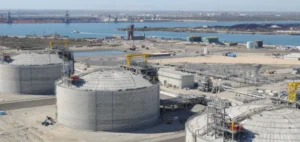Technip Energies has secured a contract to supply three fully electric marine loading arms as part of the second phase of the Northern Lights project, located on Norway’s west coast. The contract covers the installation of transfer systems on a new jetty at the Øygarden terminal, which will handle liquefied carbon dioxide (CO2).
This order follows the first phase of the project, during which Technip Energies delivered the world’s first marine arms for liquefied CO2, now operational since summer 2025. The new arms feature a fully electric design, a first in this type of infrastructure, eliminating the need for traditional hydraulic systems.
A cross-border project supporting carbon storage
Northern Lights, a joint venture between Equinor ASA, Shell plc and TotalEnergies SE, is the world’s first cross-border CO2 transport and storage infrastructure. It receives CO2 from industrial sites across Europe, stores it temporarily at the quay, and then transports it offshore for geological storage beneath the seabed.
The second phase of the project aims to increase the terminal’s annual handling capacity to more than 5 million tonnes of CO2 by 2028. The electric marine arms supplied by Technip Energies have been technically validated for their performance and compliance with the safety and operability requirements of this expansion.
Strengthened position in the CCS market
The equipment will be provided by Technip Energies Loading Systems, a specialised entity of the group for maritime loading solutions. This contract further consolidates the company’s position in the carbon capture and storage (CCS) sector, where it has already proven its ability to deliver operational solutions.
The new order has been recorded in the third quarter 2025 order book under the Technology, Products and Services segment. It aligns with the ongoing development of CO2 storage infrastructure in Europe, driven by increasing logistical and maritime capacity.
Charles Cessot, Senior Vice President T.EN X – Consulting & Systems, noted that the contract reflects the renewed trust of Northern Lights’ operators and highlights Technip Energies’ ability to provide tailored solutions for the specific needs of the liquefied carbon market.


